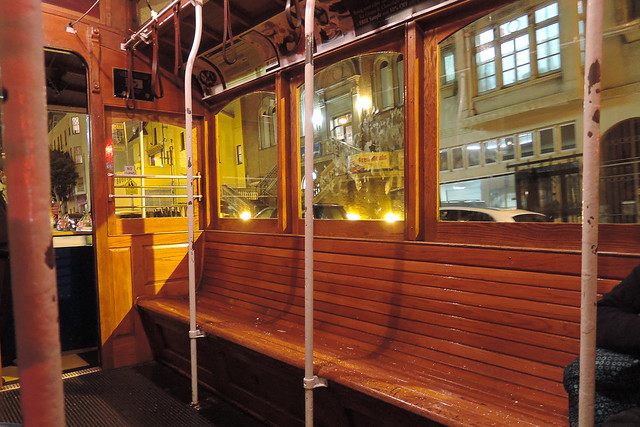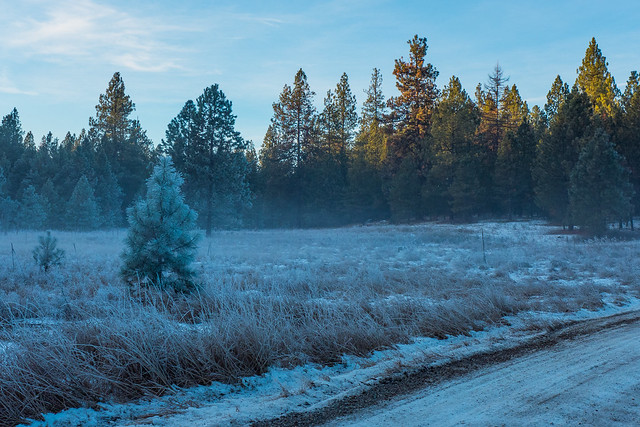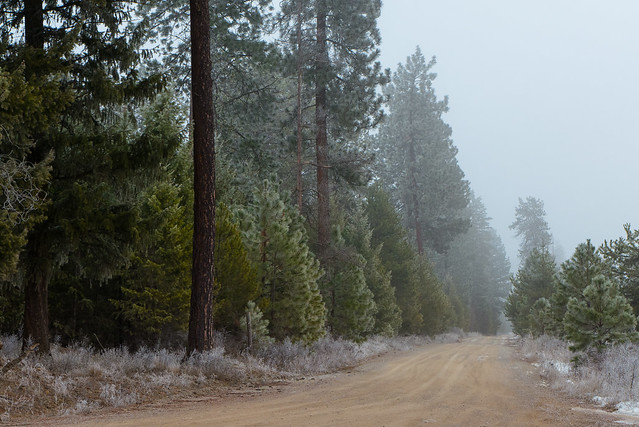The idea that there is some intelligent designer behind the beauty and complexity of our natural world is an ancient and intuitively appealing one. The Apostle Paul sniffed at the pagans as being “without excuse” because they ought to have known the one true God from the “invisible things of him” that are “clearly seen” from creation (Rom. 1: 19-20). A few centuries later, Augustine wrote that “the world itself, by its well-ordered changes and movements, and by the fair appearance of all visible things, bears a testimony of its own, both that it has been created, and also that it could not have been created save by God, whose greatness and beauty are unutterable and invisible” (City of God, Book XI, Ch. 4).
I felt that way, too, until just a few years ago. For me, there will be no forgetting the sharp clarity of one sunny morning when I contemplated my very personal loss of the design argument in view of what I’d been learning about evolution. Standing there, I finally thought, with the scary first glimmer of a new worldview, My God of the gaps is gone.
One of the most concise and powerful refutations of the design argument I’ve come across since then was not in a biology or philosophy text, but a novel. Bob Seidensticker’s insightful and entertaining Cross Examined follows the troubled path of a young evangelical named—probably not coincidentally—”Paul” in San Francisco before and after the great earthquake of 1906. Paul has accepted it as a personal challenge to convert a friendly but sharp-tongued old atheist, “Jim,” to the Truth of Christianity.
He’s found it tough going. Finally, after consultation with his mentor and pastor, he decides to make use of the design argument. But Jim easily dismantles that, taking Paul’s now-wavering faith for a bumpy ride.

After listening to Paul gush about the world’s marvelous things—rainbows and sunsets, children, flowers, etc.—Jim responds with a list of nature’s horrors. “There’s a hell of a lot of pain and suffering in the world to go along with the good things,” he concludes.
“Perhaps God has a reason,” Paul replies, but Jim is having none of it. What he says to Paul isn’t something that many of us are happy to entertain, Christian or otherwise: There is simply “no reason at all. Our earth looks just as it would if there were no purpose, no design, and no wise designer” (loc. 2090).

Well, Paul asks, what about Paley’s watch? Here he refers to one of the most famous formulations of the design argument. William Paley began his 1802 work Natural Theology by asking readers to imagine that he’s come across a watch lying in a field. Unlike some ordinary rock whose humble natural origins are easier to envision, no one would claim that such a complicated device with all its gears and dials was always there, or that it’s a mere consequence of nature. “There must have existed, at some time, and at some place or other, an artificer or artificers, who formed” it, “who comprehended its construction, and designed its use.” The watch, Paley said, must have had a maker.
Not so, says Jim. And here is where Seidensticker reveals something quite brilliant through the mouth of his fictional character:
What’s amusing about Paley’s watch argument is that it defeats itself. Let’s imagine his original situation. He’s walking in a field and discovers the watch. It looks out of place, different from the plants and rocks. But if it looks different from nature because it looks designed, then nature must not look designed. You can’t argue on the one hand that the watch looks remarkable and stands out from the natural background, and on the other that the watch looks similar to nature, so both must be designed. [loc. 2093]
Thus the whole backdrop of the design argument—the supposed grandeur of the natural world—falls away. The dirt and rocks and grasses can’t provide a contrast to the intricate watch if you claim they were designed, too. No contrast, no argument. It’s like claiming that the Mona Lisa is the most valuable painting in the Louvre because it was painted.

And Seidensticker’s fictional atheist adds plenty of explanation for why all that natural stuff really wasn’t designed:
“We marvel at God’s handiwork only after we know that he exists.” Jim leaned forward. “The design argument simply takes a childish view of the world. Does the world look designed by an omniscient and benevolent god? Go to the freak show at the circus—it’s a museum of nature’s poor design. Siamese twins, two-headed pigs, bearded ladies, the Lizard Man, hermaphrodites, dwarves, giants. Monsters like the Elephant Man and unfortunates with all manner of birth defects. Deformed babies floating in formaldehyde. Is this the best that God can do?” [loc. 2099]
We have acquired much more evidence against the idea of natural design in the hundred years since the setting of Cross Examined. Molecular biology informs us about fossil genes that serve no purpose anymore but remain in the DNA because evolution has no incentive to tidy things up, and about viruses that tap into the DNA of their hosts for the sole purpose of replicating their few ruthless genes. By placing his characters as far back as he did, Seidensticker limited how much science Jim could tell Paul about. But that simplifies things and makes the book a clearer, more powerful work, while adding in the interest of some historical color.

The facts Jim cites to his “Christian antagonist” are about things people actually saw back then, with their own eyes. Our modern knowledge about DNA and its evolutionary past is utterly damning for creationism, of both the Ken Ham and Discovery Institute varieties. But I wonder if the remoteness of that microscopic evidence from our personal experience makes it easier to dismiss, for those who are driven to do so.
That mindset is another thing Seidensticker has Jim address, and powerfully so: “Rationalization starts with God’s existence: given Christianity, how can I square it with the facts? Reason starts with the facts and follows them where they lead” (loc. 2162). So too with his important but little appreciated distinction between the terms trust and faith:
“But you use faith yourself,” Paul said. “You don’t know for certain that the sun will rise tomorrow. That you believe it will rise shows faith.”
“I trust that the sun will rise tomorrow,” Jim said. “Trust is belief in accord with evidence, and faith is belief despite a lack of evidence. When you trust, new evidence can change that belief, but when you believe on faith, you’re immune to new evidence. ‘Trust’ and ‘faith’ are two useful words, but don’t confuse them.” [loc. 3509]
There many other bits of wisdom in this book. It’s all carried along fairly smoothly with the flow of an entertaining yarn about a young man dealing with love, poverty, despair, and faith in the vibrant and sometimes merciless San Francisco of the early twentieth century.

The storyline does get a bit strained when Seidensticker burdens his characters with big ideas to communicate over implausibly detailed dialogues. In the process, Jim, Paul, and Paul’s pastor are sometimes reduced to caricatures of the roles they play to make the author’s points about the myriad problems with Christianity. Jim the wise atheist is full of knowledge, patience, and seemingly no second thoughts about his unbelief. Paul is the perfect—perhaps a little too perfect—foil for the old sage, with his wide-eyed quest for wisdom in the midst of an ambitious evangelicalism. Paul’s pastor offers few surprises—Jimmy Swaggart minus the microphone, with a three-piece suit and top hat.
The Socratic Dialogue is an ancient literary technique, one that isn’t used much as a way of getting one’s point across anymore. But it has been done far less artfully than Seidensticker pulls it off. Justin Martyr’s second-century Dialogue with Trypho is an amusingly implausible example: The Christian and Jewish character on each side of the “dialogue” recite their gigantic lines entirely and transparently for the purpose of Justin’s Christian apologetics. Finally, the Christian hero prepares to sail off into the sunset, leaving his Jewish host all but nodding and scratching his chin in thoughtful assent to all the wisdom he’s just received: “I have been particularly pleased with the conference; and I think that these [other Jews] are of quite the same opinion as myself. For we have found more than we expected, and more than it was possible to have expected. And if we could do this more frequently, we should be much helped in the searching of the Scriptures themselves” (Ch. 142).
For Justin’s early Christianity and Seidensticker’s atheism nearly two thousand years later, the fictional hero gets his work accomplished with much speaking, more on the author’s side than the other, and a drastic change in the other party’s religious views seems imminent. But Seidensticker’s hero talks sense instead of spouting dogma, and his characters have some interesting experiences along the way to their conclusion, even if it might not be to anyone’s surprise. It’s fiction with focus, and well done. Highly recommended.





